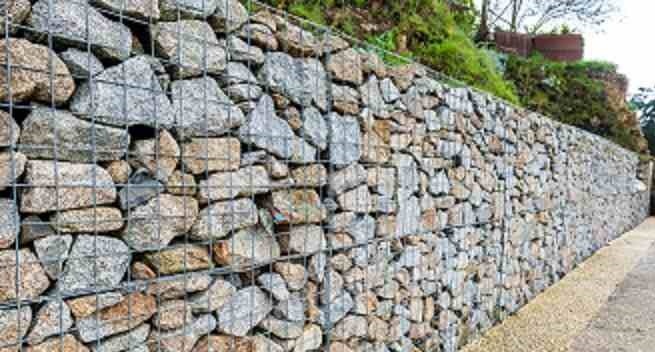Soil reinforcement is a technique which is used to improve the strength and stiffness of soil. Different engineering techniques are used to enhance the strength of soil, like geogrid and geotextile. It is a combination of earth fill and reinforcing strips. They are capable of bearing large tensile strength. Soil reinforcement is a modern technique which is employed in various projects to prevent the failure of slopes of soil and it improves the bearing capacity of the soil.
Objectives of Soil Reinforcement
- Reinforcement of soil is performed by placing tensile elements in the soil to enhance the stability and strength of the soil.
- Soil reinforcement is a cost-effective technique which is used to improve tensile and bearing strength of the soil.
- It is opted to improve the engineering and mechanical properties of soil.
- Reinforced soil bed increase the bearing capacity of the soil and reduce the differential settlement of soil bed.
- To reduce the quantity of earth fill. Steeper embankment slopes reduce the land take required.
Types of Soil reinforcement
Strip Reinforcement
Strips are the flexible linear elements. Their breadth is greater than their thickness.
Commonly strips are used of metals, such as – galvanized steel, aluminium – magnesium alloy, chrome stainless steel.
Some other types of strips are bamboo strips, polymer strips and glass fibre reinforced plastic strips.
The thickness of strips reinforcement may vary from 3 to 9 mm and its breadth ranges between 40 to 120 mm.
Grids Reinforcement
The grid can be made from plain or galvanized steel wire mesh.
When reinforcement is provided to resist tensile force geogrids are used. Geogrids are geosynthetic material which is made from polymers.
Raw materials used in geogrids are polypropylene, polyester or polystyrene.
Using geogrids in civil engineering the amount of usable land on a site is increased. It enables the construction of steep slopes or walls, construction of roads over poor ground conditions, decrease the thickness of landfill required for road construction.

Sheet Reinforcement
Sheet reinforcement can be made from galvanized steel, fabric or expanded metal which can not be in the criteria of the grid.
Use of geosynthetic sheet instead of steel strips has cost-efficient. It has greater corrosion resistance than strips commonly used sheet type reinforcement are geo fabric.
Geo fabric is a porous fabric which is manufactured from synthetic material, such as – polyester, polyamide, polyethene, polypropylene and glass fibre. The thickness of the sheet may range between 0.125 to 7.5 mm.
Effects of Soil reinforcement
- Reinforcement improves the strength and bearing capacity of the soil.
- The increased numbers of layers and confining pressure lead to an improvement in the performance of reinforced soil.
- Compaction behaviour of soil is affected by fibre inclusion with an increase of fibre content dry density is reduced and a marginal increase in optimum moisture content (OMC) is noted.
- Fibre reinforcement increases the tensile strength of soil with an increase in dry density.
- It is observed that the stress-strain behaviour of soil has changed from brittle to ductile with the inclusion of basalt fibre.



After placing the reinforcement do we complete it with concrete? Or soil is being filled on the reinforcement